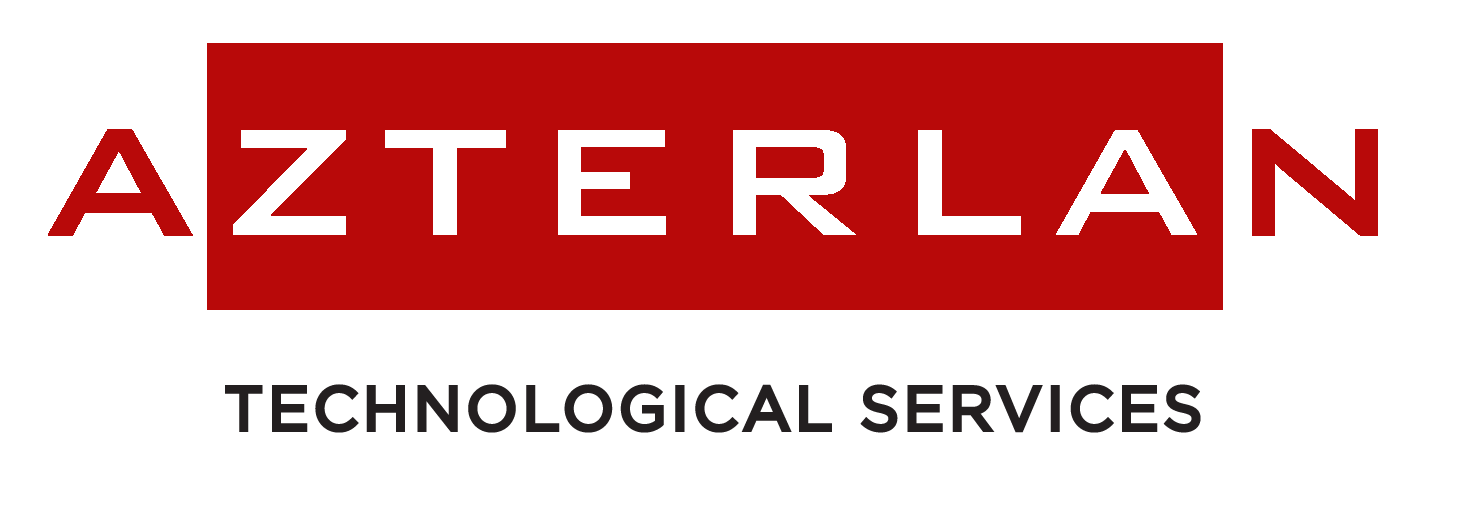Specialization field
Detection, characterization and evolution of fatigue cracks
Fatigue and fracture mechanics testing
- Certification of materials
- Dynamic testing / resistance to fatigue
- Fracture toughness tests
- Failure analysis in service, defectology and custom studies






